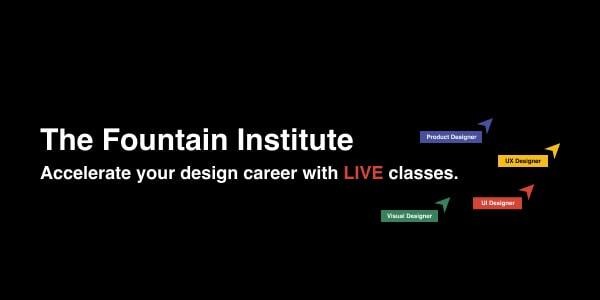Making a plan for continuous research
Continuous research is defined as Regular (weekly) touchpoints with customers by the team building the product, where they conduct small research activities in pursuit of a desired product outcome.
It is a research process that's accessible and understandable to everyone on the team and generates insights in fast loops, as they are needed to answer research questions. Continuous research makes customer research a part of every product release, instead of an occasional large project.
While any user research method can be done as part of continuous research, customer interviews are both easy to implement and yield good results in most scenarios. Customer interviews are flexible, which makes it easy to include the latest research questions by the team and receive in-depth answers and insights.
Customer interviews also make it easy and fun for the team to participate.
Continuous research relies heavily on automation. Te set up a continuous research pipeline, plan and execute the following steps:
1. Define customer touchpoints and opportunities to engage
- Brainstorm all stakeholders that have customer touchpoints in marketing, sales, customer service, and product.
- Decide when and how to engage with customers on a recurring basis.
- Event-based
- Customer onboarding (both successful & abandoned)
- Usage of a specific feature
- Customer lifecycle events
- Exit interviews
- Scheduled
- Periodic research - e.g. weekly customer council meetings.
- Segment-based (regular samples across personas)
- Event-based
2. Define triggers and actions
Define exact triggers that lead to a customer being invited to an interview and define how that invitation will happen.
Examples:
| Trigger | Action |
|---|---|
| Customer cancels their account | Customer is redirected to a booking page, asking to participate in an interview |
| Customer leaves the results page for free-text search without taking any action. | Display a popup, asking the customer to participate in an interview. |
| Sales meets an enterprise customer, that wants to talk to Product. | Sales shares booking link. |
| Customer completes a screener survey and meets specific demographic criteria. | Send out an invitation to participate in weekly customer council meetings. |
You may want to repeat steps 3 & 4 for different triggers in case you want to offer a different schedule for them or involve different stakeholders.
3. Define internal stakeholders for collaborative research
- Which teammate can you invite to share in the learning during your interviews?
- Who is the core team who should always participate (tech lead, pm, etc.), and who are optional participants? (engineers, QA, etc.)
- What activities will stakeholders be involved in to make sure they are engaged? (observation, note taking, etc.)
4. Set up a booking link for participants
- Define your schedule: What hours during the week can you save for interviews?
- Write a short intro for your booking link describing the purpose of the meeting.
- Decide rewards and incentives (monetary or non-monetary)
- Follow the guide in Using an appointment scheduling tool to set up your booking link.
Use our template in Miro to plan out the above steps.
Learn more
Want to learn more about setting up a continuous research pipeline? Check out the live courses offered by our friends at The Fountain Institue!
